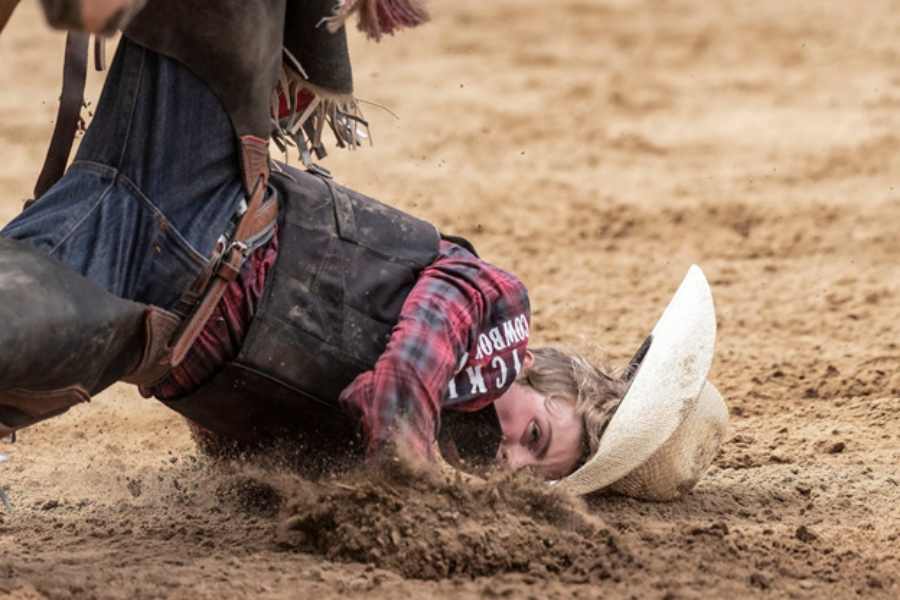The alarming frequency of slips, trips, and falls in various environments—from workplaces to public spaces—highlights an essential aspect of personal safety and legal responsibility. Such accidents can lead to serious injuries, affecting the victim’s health and well-being, while also potentially resulting in costly legal battles. Understanding the legal implications surrounding these incidents is crucial for both victims and property owners alike. Grasping the nuances of where liability lies can make all the difference when seeking compensation for injuries sustained in these unfortunate events.
Conditions of the Accident
Accidents that originate from slips, trips, and falls can largely be attributed to hazardous conditions present in the environment. Common culprits include wet floors, uneven surfaces, poor lighting, and obstacles obstructing pathways. For example, people who have suffered injuries in an accident caused by a hazardous condition often find that their claims hinge on the responsible party’s knowledge of the issue and their efforts to mitigate risks. Property owners have a legal duty to maintain safe conditions and can be held accountable if they neglect safety measures and a person suffers an injury as a result. Unmaintained areas, such as sidewalks and parking lots, can pose significant dangers to unsuspecting pedestrians. Even small hazards can lead to severe consequences, especially for vulnerable populations such as the elderly. Understanding what constitutes negligent behavior is vital for anyone considering legal action after an accident.
Legal Responsibilities of Property Owners
Property owners have specific legal responsibilities when it comes to maintaining safe environments. Depending on the nature of the property, these responsibilities can vary widely. For instance, commercial property owners owe a higher duty of care compared to private homeowners, primarily because they invite customers onto their premises for business purposes. A failure to properly inspect and repair known hazardous conditions could result in costly lawsuits and damages. One essential aspect of evaluating liability is determining whether the property owner knew or should have known about the hazardous condition. If they were aware but did nothing to fix the issue, they could be found liable for any injuries that occur as a result.
The Role of Insurance Companies
Insurance companies play a significant role in personal injury claims related to slips, trips, and falls. Property owners often carry liability insurance to protect themselves against potential claims. When an accident occurs, the insurance company handles the claim on behalf of the policyholder. This can complicate matters for the injured party, as insurance companies may employ tactics to minimize payouts or shift blame elsewhere. Victims must keep in mind that insurance adjusters may be tasked with gathering information to form a defense strategy aimed at reducing liability. Documenting the accident meticulously and gathering evidence will play a crucial role during negotiations with insurance representatives.
Proving Negligence in Slip and Fall Cases
To successfully pursue a claim for a slip and fall accident, you must demonstrate that negligence occurred. This typically involves proving four key elements: duty, breach, causation, and damages. Firstly, it must be established that the defendant owed a duty of care to the injured party. Secondly, demonstrating that this duty was breached due to negligent behavior is essential. If a hazardous condition existed, one must prove that it directly caused the injury in question. Finally, documenting the damages suffered—whether they be medical expenses, lost wages, or emotional distress—will be necessary to secure compensation. Gathering credible evidence and witness testimonies will significantly reinforce your claim.
Time Frames for Filing a Claim
It’s essential to recognize that legal claims stemming from slips, trips, and falls are subject to strict time limits defined by statutes of limitation. These laws dictate the maximum period that a claimant can wait before filing a lawsuit, which varies by jurisdiction. Waiting too long can lead to losing the right to pursue any compensation at all. In most areas, the statute of limitations ranges between one to three years following the date of the incident. Consulting legal experts early will provide you with clarity on the necessary timelines and how they pertain to your specific case.
Compensation and Damages Available
Victims of slip and fall incidents may be entitled to various types of compensation. These can include medical expenses, lost wages, and even compensation for pain and suffering. Determining the value of a claim can be challenging, as it often involves detailed assessments of both economic and non-economic damages. Understanding the full extent of the injuries sustained and how they affect one’s quality of life is critical in establishing a fair compensation figure. Insurance settlements may offer a quick resolution, but they can be insufficient to cover long-term medical needs or ongoing rehabilitation costs. Evaluating whether to accept a settlement or continue pursuing your claim through legal channels requires careful consideration and professional advice.
Navigating the complex landscape of legal claims after a slip, trip, or fall requires seasoned legal guidance. The expertise of a personal injury attorney is invaluable in understanding the nuances of your case and ensuring all aspects are considered. They can help gather evidence, negotiate with insurance companies, and represent your best interests in court if necessary. Engaging a lawyer early on in the process will empower victims to make informed decisions and secure the compensation they deserve.


